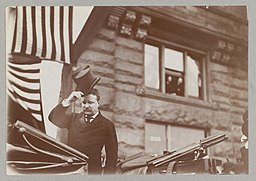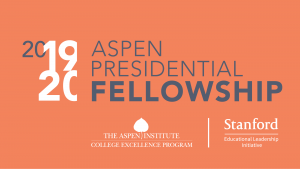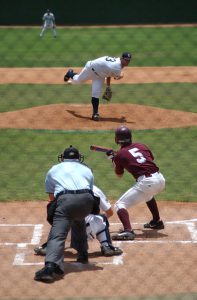I have devoted several days this month to the procurement process. Sounds fun already, doesn’t it?
Procure to Pay (P2P) is part of Business Services here at ACC. P2P consists of Procurement (which does exactly what you think it does), P-card Administration, the Small Business Development Program, and Accounts Payable. 
When the college is looking at a significant investment of resources, the procurement process is particularly rigorous. All purchasing at ACC follows rules and processes, but procurement on a larger scale includes more voices, more steps, more training, and higher-level approvals (up to and including the Board of Trustees). The process that I have been involved in included an RFP (Request for Proposals) that was advertised and open for a certain time period, allowing interested vendors to submit proposals (which can run to hundreds of pages). Proposals are reviewed or scored for adherence to the solicitation’s specifics. Based on that review and scoring, vendors are then invited to present their wares in person.
Here’s a current list of publicly advertised solicitations. You’ll see that some involve significantly more information and specificity than others, but the general idea is that vendors respond to the solicitation and the responses are rated or assessed. Top-rated vendors are then invited to make formal presentations on their product. Those presentations follow a pre-determined script to ensure that each vendor is responding to the same set of questions or scenarios and helping ACC employees who are making the procurement recommendation understand whether any vendor’s product will meet our needs. To participate in this procurement process, you must complete procurement training and sign a non-disclosure agreement (NDA).
Because I’ve signed an NDA, I can’t tell you much more. Just let me say that from 8:00 to 5:00 on three separate days this month I’ve listened to vendors respond to – or not – our scenarios, and answer – or not – our specific questions. It’s been both interesting and tedious, worthwhile and tiring. But it’s all part of the life of an AVP.
Picture attribution (Alaska Purchase): Edouard de Stoeckl and William H. Seward [Public domain]



